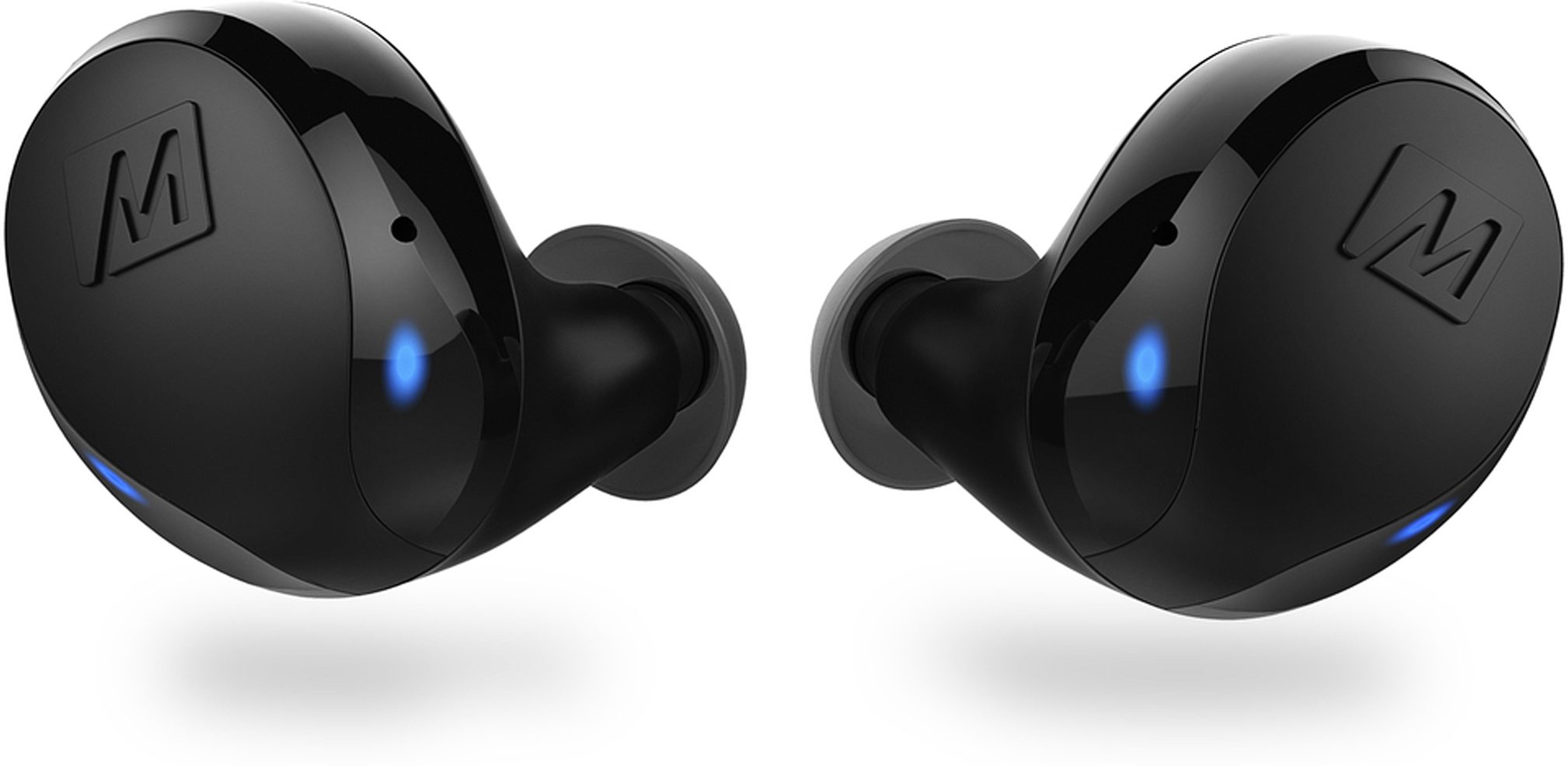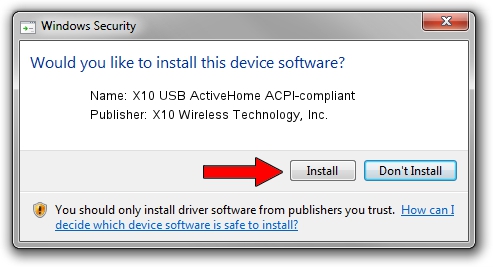The package provides the installation files for Broadcom BCM20702 Bluetooth 4.0 USB Adapter Driver version 12.0.1.1010. If the driver is already installed on your system, updating (overwrite-installing) may fix various issues, add new functions, or just upgrade to the available version. If drivers were not downloaded automatically by Windows Update, use Device Manager to refresh the driver from Windows Update, or contact the device manufacturer. I’m Moli, your virtual agent. I can help with Moto phone issues. Find helpful customer reviews and review ratings for AC1300 WiFi Adapter 2.4/5GHz Dual Band Wireless Adapter USB 3.0 WiFi Card for Laptop Desktop PC Support Win 7/8.1/10/XP/Vista, Mac OS X10.6-10.15, USB Flash Driver Include at Amazon.com. Read honest and unbiased product reviews from our users. Linux X10 universal device driver (also known as Project WiSH) provides a /dev interface to an X10 network through a combination of Linux kernel modules and daemons. Click on the Driver tab. On the Driver tab, click the Uninstall button. On the confirmation window, check Delete the driver software for this device. Unplug the Xbox Wireless Adapter for Windows and reboot your Windows 10 device. Once the device is back on, plug in the adapter. If the Xbox Wireless Adapter for Windows still does not install.
Automation
(Last updated: Friday August 31, 2007)


Make Usb Device Wireless
- Document History
This page is a derivative of the work Woody (UsAndThem Home Automation Information!) and I (Neil Cherry - Linux Home Automation) did tearing apart the USB protocol and the Dan Suthers' protocol.txt file.
- Originally taken from the X10 web page, for the CM11A - Dec 25, 1996.
- Some mistakes corrected. DBS - Jan 1, 1997
- Created a more specific CM15A page, NJC - Nov. 19 2006
- The X10 CM15A
The CM15A is a USB to X10 power line and RF interface that comes with the Active Home Pro software. It looks like it's meant to replace the CM11A (serial to X10 power line transceiver) and CM19A (USB to RF transceiver). X10 says it can send and receive all 256 house/unit codes and even take the place of the PC Transceiver (CM19A) for controlling X10 Cameras. It can keep the state of all 256 house/unit codes and has extra memory for timers and macros. Like the CM11A it has battery backup for when the power fails. It appears not be able to send commands to just the RF but when monitoring a selected house code (you can have more than 1) it can send and receive that house code via the RF and Power Line. Macros can be downloaded to the CM15A which allows it to run without a PC. It appears not to have the problem that the CM11A did of a dangling communication cable sending arbitrary X10 codes.
- Here is the device driver for the CM15A and Linux: iplc-driver.tgz. Yes it says iplc, that's because I create a distribution for the Labjack, CM19A, CM15A and the Insteon USB PLC. The majority of the code is the same for all four device. Only difference between the four is the USB IDs. If you notice a Z-Wave driver in there, don't use it as it doesn't work.
- To Do list
This will be a nice long list for a while as this document has a long way to go.
- Clean up the HTML (XHTML). Right now I'm mixing new and old HTML as I'm more interested in the content than the exact format commands. This is also true of the CSS which I've taken a few short cuts with.
- I really need to double check the information contained in this document. This will require coding, testing and researching newsgroup message (comp.home.automation).
- I still have a ton of detail to add. Much of the little white boxes needs to be expanded on and put into understandable statements.
- And of course much needs to be added as I'm sure there is much that is yet undiscovered.
- USB protocol
Endpoints:
Windows Monitor Drivers. Drivers designed to work with Windows Vista, 7, 8, 8.1, and 10. See More; LG Mobile Drivers. Need drivers for your cell phone or tablet? See More; LG PC Suite. Move pictures, music, and other files between your phone, tablet, and computer. Learn More; LG BRIDGE. Move pictures, music, and other files between your phone. If drivers were not downloaded automatically by Windows Update, use Device Manager to refresh the driver from Windows Update, or contact the device manufacturer. I’m Moli, your virtual agent. I can help with Moto phone issues. Download xiring mobile phones & portable devices drivers. Android USB drivers are a necessary tool in your PC and Mac. They act as a bridge between your mobile device and your PC helping them to interact and communicate. The USB drivers help in connecting our phones to your computer and performing tasks like transferring photos and other data. Improvements and fixes. This update includes a fix for an incorrect device driver (“Microsoft – WPD – 2/22/2016 12:00:00 AM - 5.2.5326.4762”) that was released by a third-party on March 8, 2017 that affected a small group of users with USB connected phones or other media devices that rely on Media Transfer Protocol (MTP).
- 0x81 - data from controller - read
- 0x02 - data to controller - write
For Windows you might try libusb and libhid. For Linux try my device drivers (I need to update them and provide a link here). For the folks running BSD I understand that there is a generic USB device that performs like my cm15a module. For other operating systems you'll have to do further investigation.
Below you will see a section of output from the 'cat /proc/bus/usb/devices':
Note that the CM15A us using my cm15a device driver. If my system had been setup with the HID module loaded the cm15a would have been usbhid instead. This is a common cause of problems with using my device drivers. I am working on software that takes advantage of Linux's HID sub-system but I'm finding it difficult to use it with the select function (Select(2) - synchronous I/O multiplexing). I'm also working on a tty like driver for the USB devices. This will make it easier to incorporate these devices into Mr. House home automation software.
- X10 Transmission Coding (Overview)
The housecodes and device codes range from A to P and 1 to 16 respectively although they do not follow a binary sequence. The encoding format for these codes is as follows:
Decimal value House code Device code Binary value Hex value Function code 0 M 13 0000 0 All Units Off 1 E 5 0001 1 All Lights On 2 C 3 0010 2 On 3 K 11 0011 3 Off 4 O 15 0100 4 Dim 5 G 7 0101 5 Bright 6 A 1 0110 6 All Lights Off 7 I 9 0111 7 Extended Code 8 N 14 1000 8 Hail Request 9 F 6 1001 9 Hail Acknowledge 10 D 4 1010 A Preset Dim (1) 11 L 12 1011 B Preset Dim (2) 12 P 16 1100 C Extended Data transfer 13 H 8 1101 D Status On 14 B 2 1110 E Status Off 15 J 10 1111 F Status Request - X-10 Transmission.
- Standard Transmission.
An X-10 transmission from the PC to the interface typically refers to the communication of a Housecode and Device Code combination or the transmission of a function code. The format of these transmissions is:
This format is typical of all transmissions between the PC and the interface with the difference being in the first transmission from the PC.
Example: To turn on the module A1 you send the following the CM15A:
where 0x04 is the command type X10 Address, 0x66 is the House code (high nibble) Unit code (low nibble0, 0x06 is the command type X10 Function and 0x62 is House code (high nibble) Function code (low nibble).
- Header:Code.
The Header:Code combination is configured thus:
Where:
Dim amount (dims) is a value between 0 and 22 identifying the number of dims to be transmitted (22 is equivalent to 100%)
Bit 2 is always set to '1' to ensure that the interface is able to maintain synchronization.
F/A defines whether the following byte is a function (1) or address (0).
T&w sound cards & media devices driver download. E/S defines whether the following byte is an extended transmission (1) or a standard transmission (0).
Note the function only operates for devices addressed with the same Housecode.
- Standard Transmission.
- X10 Reception
- General receive format
- Standard Receive (00 X10 Address/01 X10 Function)
- Dims (02 Dim/Bright)
- Extended receive (08)
- Macro (0x5B)
- RF (0x5D)
The following information is taken from the x10.rf.txt document. This work was done by Edward Cheung, Ph.D. and Paul Gumerman.
The RF command seems to break the 'ID, count, type, data' format and appear to use a different format.
- Set Clock (0x9B)
Cm15a will send 0xA5's repeatedly if clock needs to be set respond with following buffer to set clock. In oreder to stop the Power Fail message send 0x9B and 7 bytes which are defined below. This will set the time for the CM15A.
- The mystery receive command
I'm not sure what to make of this. Is it a bug or is it a valid command? If I use the last byte as the house code/function code I get FE = J Status On (I have no J devices). Take that one step further and F2 could be J 3. No help as I have no J devices and none of my neighbors have X10.
- Status command (0x8B):
- Dump memory? (0xDF)
This is one of the many mystery commands that have yet to be documented.
Issue a DF xx yy (where XXYY appear to fall on 32 byte boundaries)
The line which sends 'DF 1F E0' is a bit of a puzzle and I haven't quite figured it out yet. Woody may have a clue. I'll have to recheck my notes to see what he dug up. Note that '1F E0' is 32 bytes short of 8K. And that all other 'DF' references are in 32 byte increments. I seem to recall the addresses starting at 0000 and incrementing by 32 bytes each time.
- Other useful documentation and links
- Dan Suthers' protocol.txt file for the CM11A.
- Dave Houston's web site - lots of X10 details.
- X10's Tech Note for the TW523 & PL513 (Adobe PDF file).
For further info email me at: ncherry@linuxha.com
